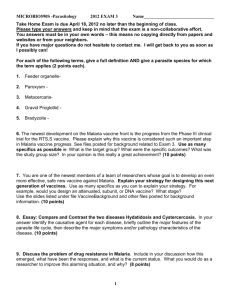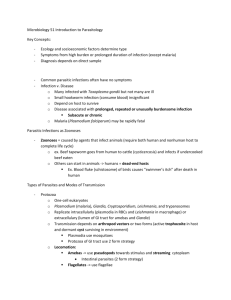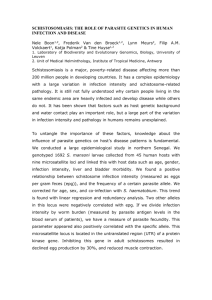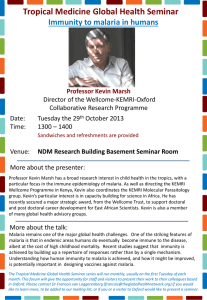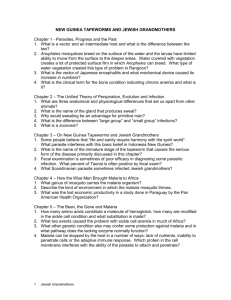Keystone Species
advertisement
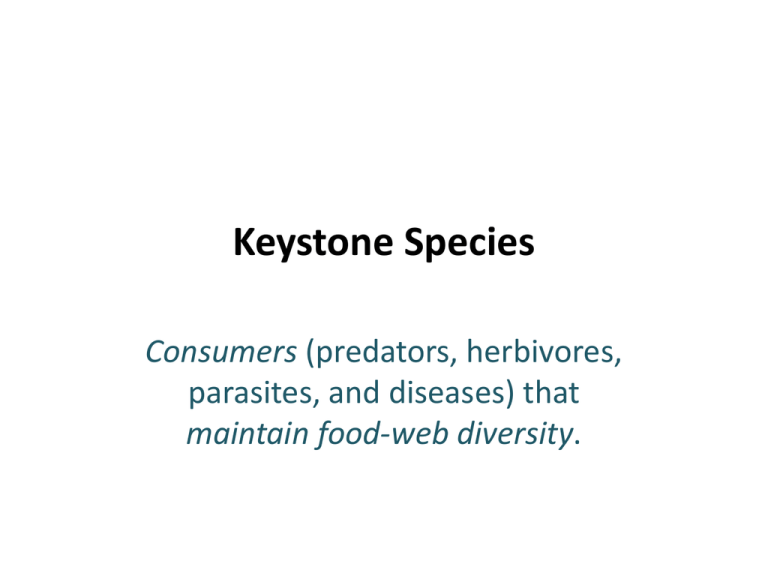
Keystone Species Consumers (predators, herbivores, parasites, and diseases) that maintain food-web diversity. Anolis: Two species/island 7 Islands: 2-fold body size difference (males) Reduce competition for food? St Maarten: Greater overlap? WHY? Schall, J.J. 1992. Oecologia 92:58-64. Malaria: Insect-borne infection • Initially (?) Intestinal parasite of reptiles • Became infection of blood Accessible to biting insects • Vector-borne parasite with complex life cycle Saurian malaria Infection reduces a female’s clutch size: Fitness cost of infection Significant in 4 of 5 years Infected males: Less capable of evicting intruders on feeding territory Fitness Cost of Infection Correct for increase in clutch size as female size increases Report: Loss of 2 eggs/year due to malaria Spatial distribution Smaller lizard not found at lower elevation: exclusion Smaller lizard common in central hills: 2 species coexist Biting sand-fly found in central hills: vector of saurian malaria Malaria, “keystone predator” Central hills: malaria infects 30 – 46% of the otherwise competitively dominant species Infects only 3.6% of A. watsii, smaller species Differential fitness cost of disease (parasite) maintains host diversity Generalized keystone predator Keystone predator’s diet in twoprey environment: Dietary frequency of more common prey exceeds that species’ environmental frequency Dietary versus environmental frequency Keystone predators

